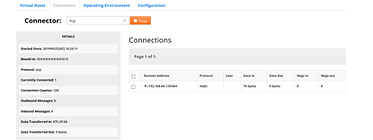What’s MQTT?
MQTT is a machine-to-machine (M2M)/”Internet of Things” connectivity protocol. It was designed as an extremely lightweight publish/subscribe messaging transport. It is useful for connections with remote locations where a small code footprint is required and/or network bandwidth is at a premium. For example, it has been used in sensors communicating to a broker via satellite link, over occasional dial-up connections with healthcare providers, and in a range of home automation and small device scenarios. It is also ideal for mobile applications because of its small size, low power usage, minimized data packets, and efficient distribution of information to one or many receivers.
Dusun gateway supports MQTT protocol to connect to the cloud platform, please refer to the frame below
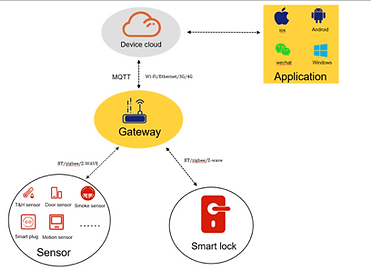
How to set up MQTT apache-Apollo server?
1. Download and Install JDK
Go to the JDK download page:
http://www.oracle.com/technetwork/java/javase/downloads/ index.html
You will find the following chart on the page.
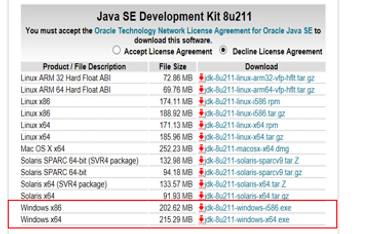
Download the X86 or X64 windows JDK file according to users’ windows version. Launch the file “jdk-82u211-*. exe” and perform a default install. Then you will see two folders in the /windows/program files/java folder, one is JDK, the other is JRE, as the figure below shows.

2. Set JDK Environment Variables in Windows
Open Advanced System Settings
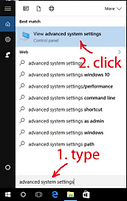
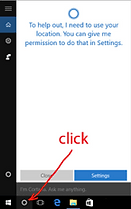
In Windows 10 press Windows key + Pause Key, this will open the System Settings window. Go to Change settings and select the Advanced Tab. Alternatively: Open “Windows search” – you will find it next to the Windows logo. In the search field type in – advanced system settings, then click on the match on top of the list.
Set JAVA_HOME Environment variable
In “System Properties window” click “Environment Variables…”
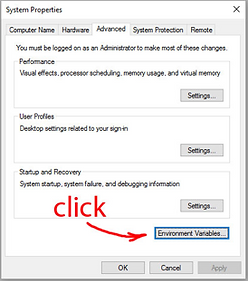
Under “System variables” click the “New…” button and enter JAVA_HOME as “Variable name” and the path to your Java JDK directory under “Variable value”.
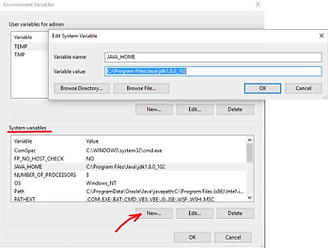
Update System PATH
- In “Environment Variables” window under “System variables” select Path
- Click on “Edit…”
- In “Edit environment variable” window click “New”
- Type in %JAVA_HOME%\bin
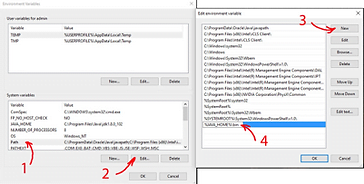
Test your configuration
Open a new command prompt and type in:
Command: Java -version
This will print out the version of the java if the Path variable is set correctly

3. Download Apache-apollo and install
Use the links below to download the Apache-appollo software for windows:
http://mirrors.hust.edu.cn/apache/activemq/activemq-apollo/1.7.1/apache-apollo-1.7.1-windows-distro.zip
Uncompress the package to a local drive (e.g. E:)
Run cmd with administrator privilege and use cd command to locate the apache-apollo bin directory as the figure below shows:

Type in command:”apollo create myapollo c:\apache-apollo\broker” to create the broker:
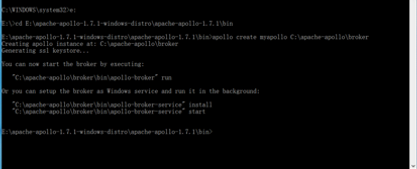
The following directory appears in c:\ root directory.
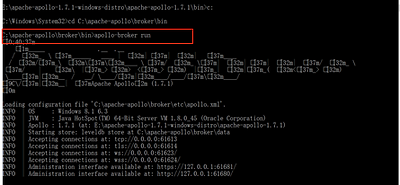
Open a web browser and type in http://127.0.0.1:61680/, username: admin, password:password
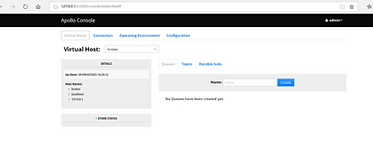
Then the MQTT server has been setup successfully, but right now, there are no devices connecting to this server:

4. Configure a Dusun Gateway to Connect to the Server

Connect a Dusun gateway to a PC; open a web browser and type in – 192.168.66.1; then log in the gateway to do some configuration:
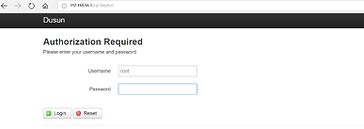
Username: root
Password: root
Configure MQTT in the configuration page:
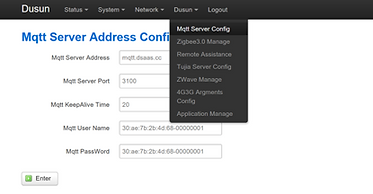
Setting up the MQTT configuration as below:
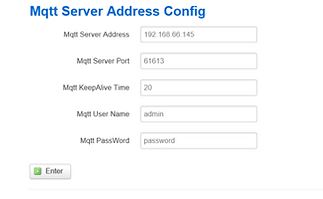
MQTT Server address: fill in the PC’s IP address.
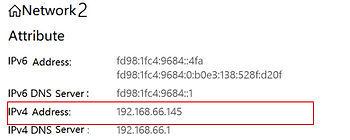
Username: admin
Mqtt Password: password
Press enter and the Mqtt configuration is completed.
You can see the gateway indication light is off and the gateway has connected to the server:
